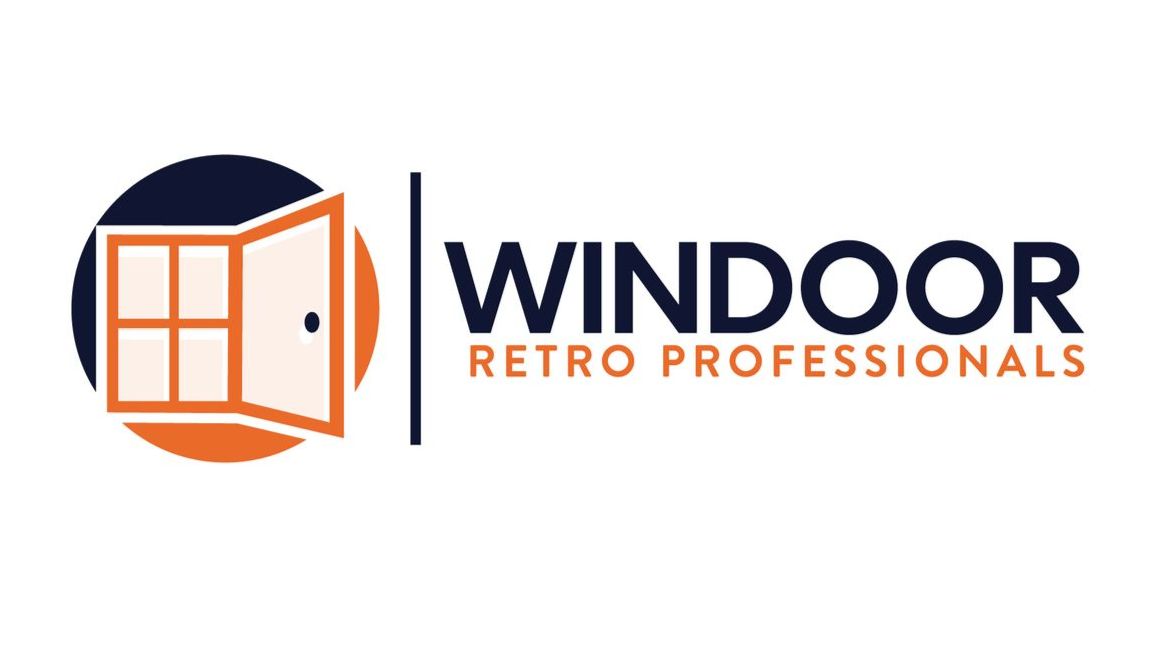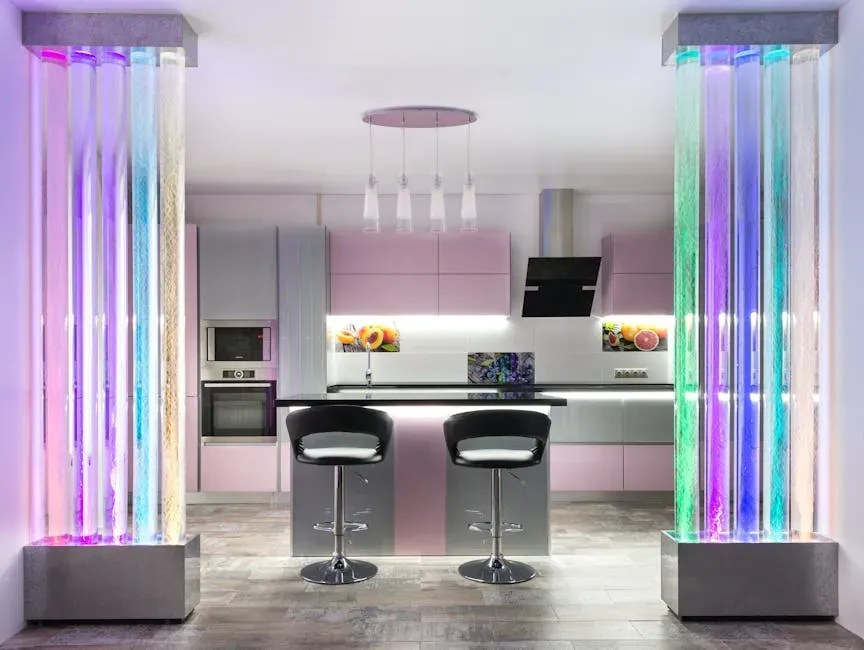Unraveling the Mystery of Home Savings: The Science Behind Energy-Efficient Upgrades
Does Your Home Hold the Secret to Significant Savings?
Your home is more than just a place to live; it's an investment in your future. As a homeowner, you're likely looking for ways to increase your home's value while enjoying a more comfortable living space. Today, we're here to reveal the secrets behind energy-efficient upgrades, particularly focusing on windows and doors. Join us as we delve into the science of savings and show you how these upgrades can lead to a substantial reduction in your utility bills.
1. The Science Behind Energy-Efficient Windows
Traditional single-pane windows are notorious for their poor insulation capabilities. They allow heat to escape during the winter and permit unwanted heat to seep into your home during the summer. This results in overburdening your heating and cooling systems, leading to higher energy consumption and increased utility costs.
Enter energy-efficient uPVC vinyl windows with insulated frames. These modern wonders are designed to limit heat transfer and significantly reduce air leaks. The secret lies in the double or triple-pane glass, filled with insulating gases (argon or krypton), and a low-emissivity (Low-E) coating. These features act as a barrier, preventing the exchange of outdoor and indoor temperatures.
Savings with Windows
- Upgrading to energy-efficient windows can save you around 20% to 30% on your heating and cooling costs.
- For a home with an average monthly heating and cooling bill of $200, this translates to savings of approximately $40 to $60 per month, totaling $480 to $720 annually.
2. The Magic of Fiberglass Doors
Similar to windows, traditional doors can also contribute to energy loss due to poor insulation. Cracks, gaps, and inadequate materials allow air to seep through, forcing your HVAC system to work harder to maintain a comfortable indoor temperature.
Fiberglass doors offer a robust and energy-efficient solution. These doors boast excellent insulation properties, creating a tight seal and preventing heat or cold air from escaping your home. By eliminating drafts and leaks, fiberglass doors complement the effects of energy-efficient windows, enhancing your overall energy savings.
Savings with Doors
- Upgrading to fiberglass doors can save you an additional 5% to 10% on your heating and cooling costs.
- For the same home with a $200 monthly energy bill, this amounts to extra savings of $10 to $20 per month, totaling $120 to $240 annually.
3. The Combined Savings
Now, let's put it all together. By upgrading both your windows and doors to energy-efficient options, you can expect to see remarkable savings over time.
Total Combined Savings
- With energy-efficient windows and doors, you can save up to 35% on your heating and cooling costs.
- For our example home with a $200 monthly energy bill, this means combined savings of $70 to $80 per month, totaling a significant $840 to $960 annually.
In conclusion, the savings potential of upgrading your windows and doors to energy-efficient options is remarkable. By understanding the science behind these upgrades and how they prevent heat transfer and minimize air leaks, you can make informed decisions about investing in your home's future.
At Windoor Retro Professionals, we are dedicated to helping you achieve a more energy-efficient and cost-effective home. Reach out to our team today to explore the best energy-efficient windows and fiberglass door options tailored to your unique needs. Embrace the science of savings and transform your home into a haven of comfort and financial efficiency!
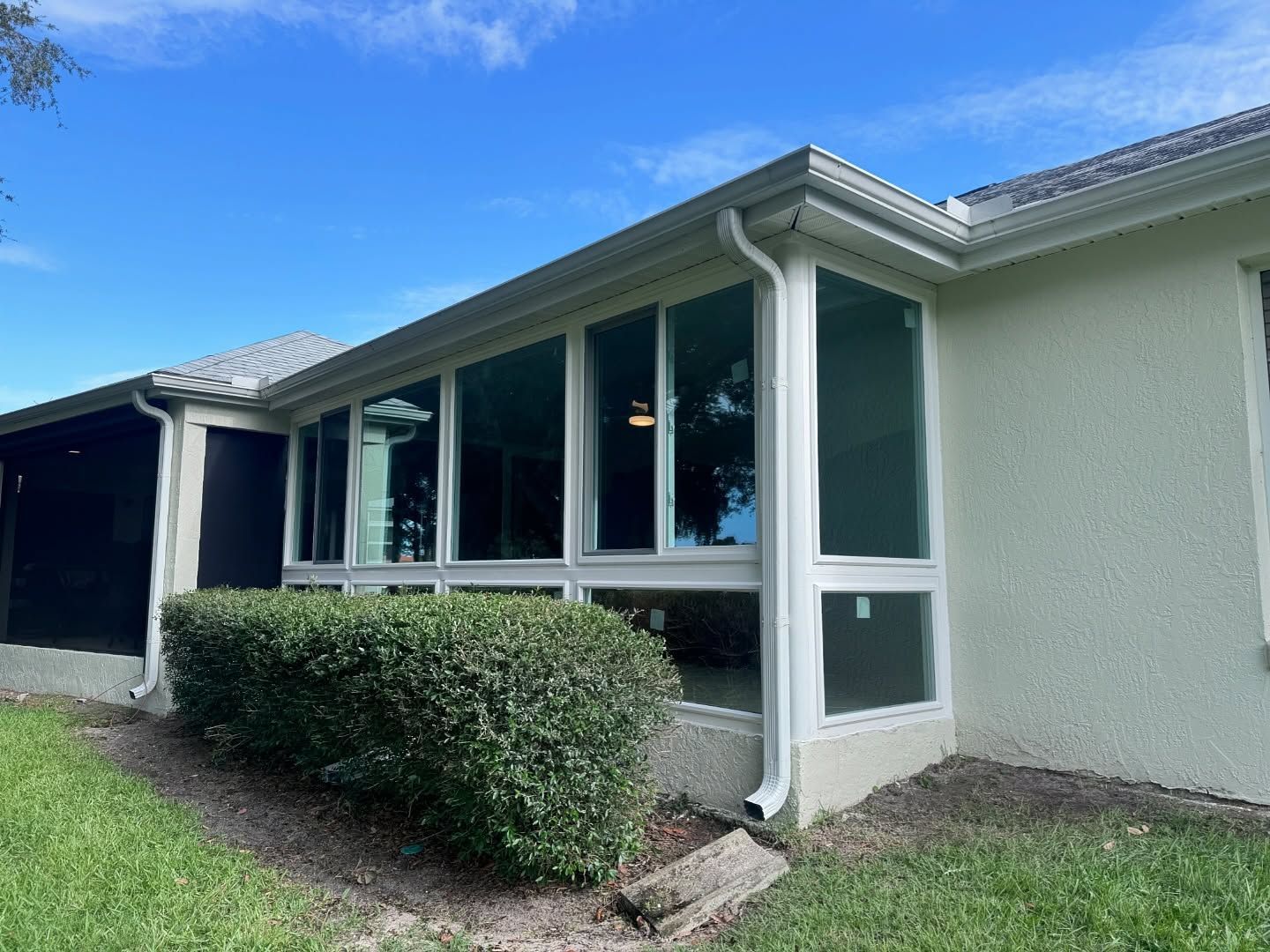
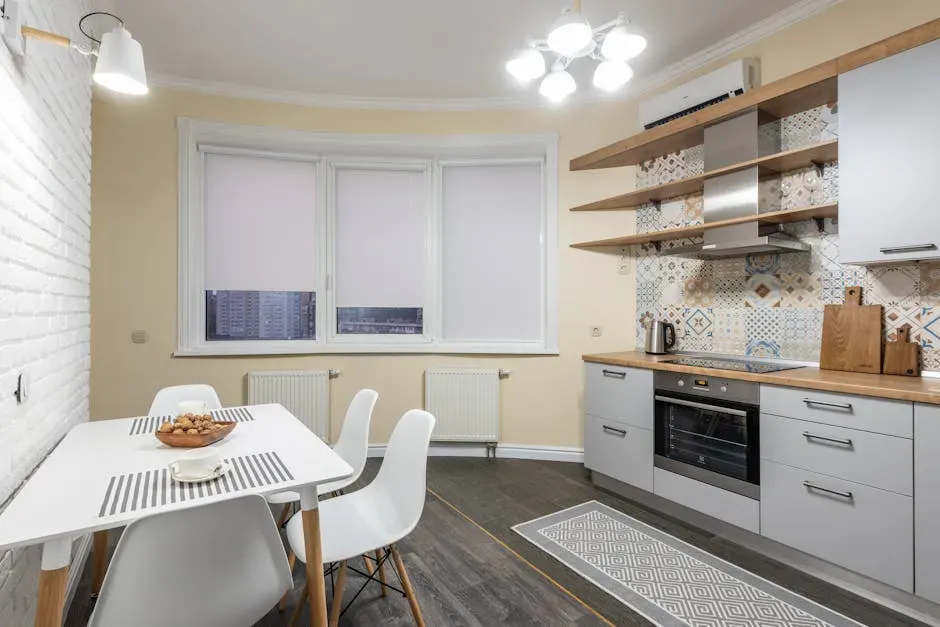




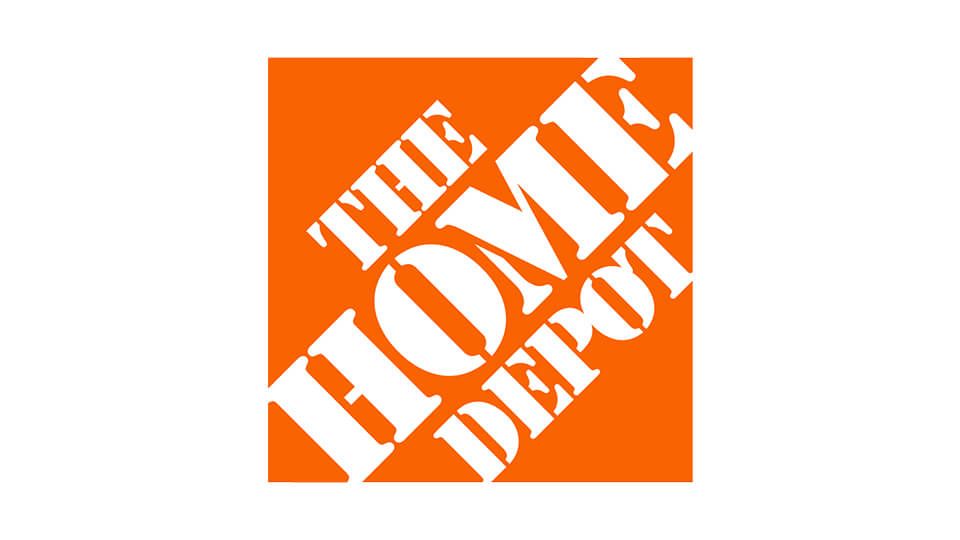
A Closer Look at Home Depot's Window Services: Addressing Consumer Concerns and Subpar Installations


